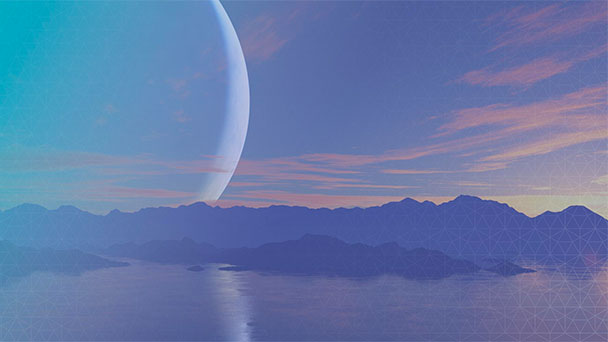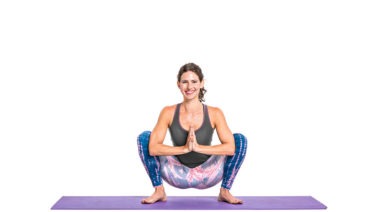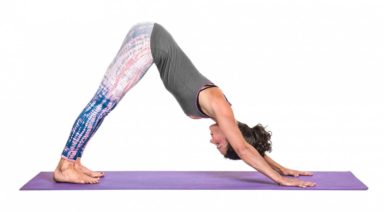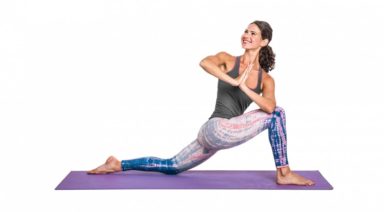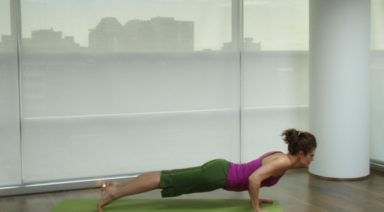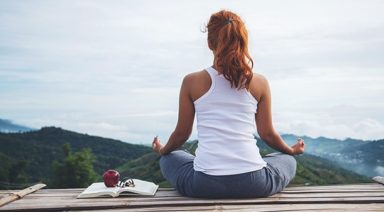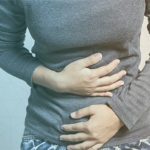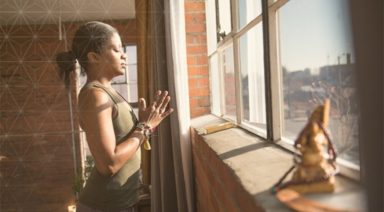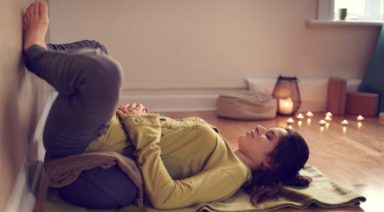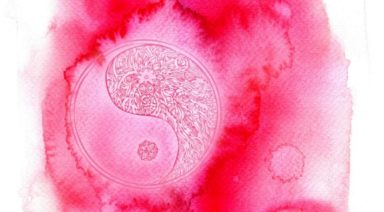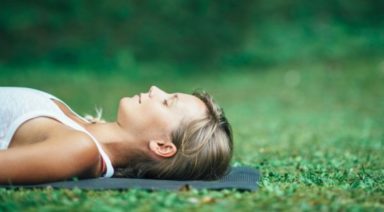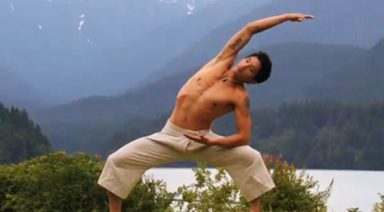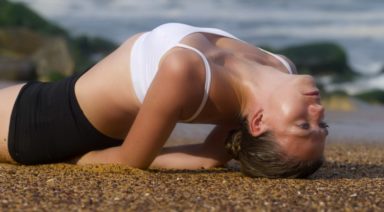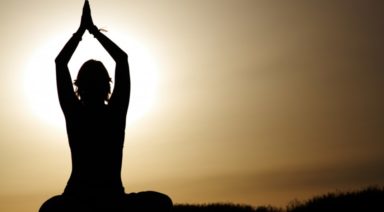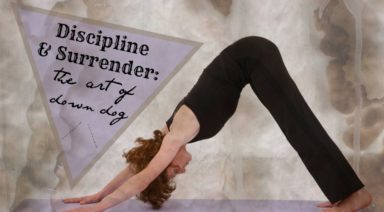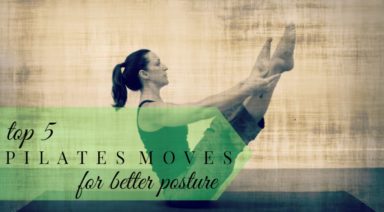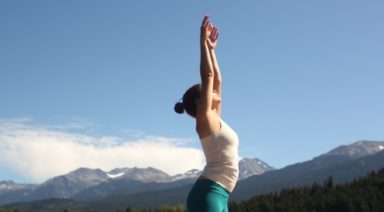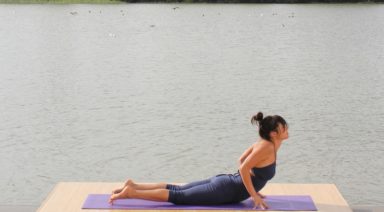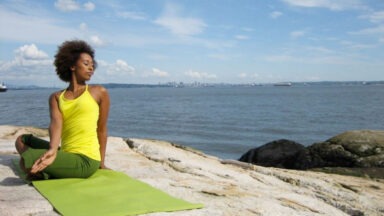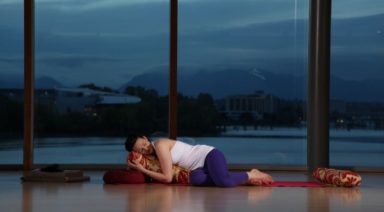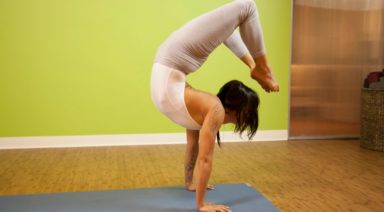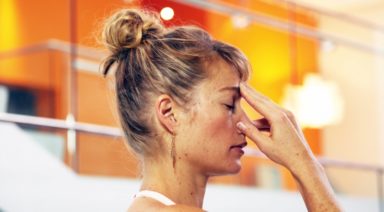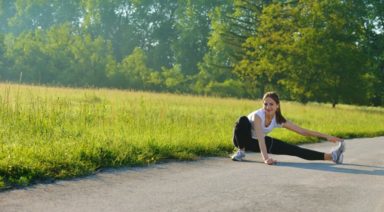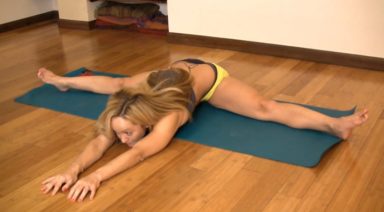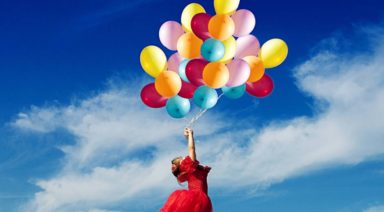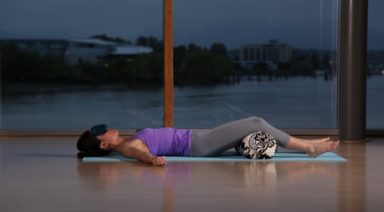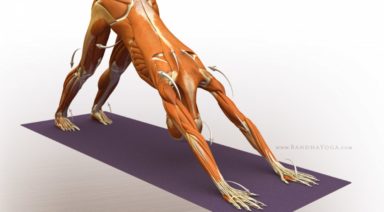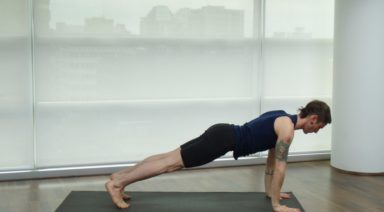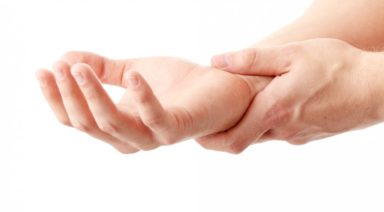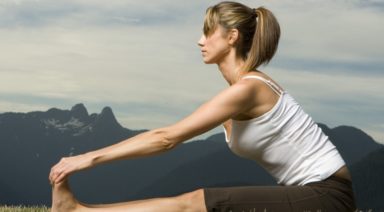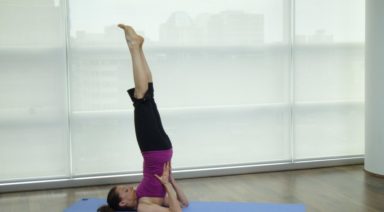Purvottanasana: Reverse Plank Pose

Purvottanasana (PUR-voh-tah-NAH-sah-nah) is a sibling of bridge pose and plank pose. Reverse plank may look intimidating for the shoulders, but there are several variations of the pose, all of which can help open the front of the body while strengthening the back.
Philosophy and Origin:
This pose goes by many names including “reverse plank,” and “upward-facing plank” pose. The Sanskrit name translates to “intense east stretch.” Ancient yogis considered the front of the body to be the “east” side as yoga was practiced while facing the rising sun.
Sanskrit:
- Purva: east
- Ut: intense
- Tan: stretch
- Asana: pose
Physical Benefits:
- Opens the chest and shoulders.
- Builds and tones the core muscles.
- Counters forward-facing tasks like sitting at a desk, driving, and looking at a phone.
Energetic Benefits:
- Releases tension from the body.
- Relieves fatigue and stress.
Preparatory Poses:
- Camel pose | Ustrasana
- Bridge pose | Setu bandhasana
- Plank pose | Phalakasana
Sequential Poses:
- One-legged reverse plank | Eka pada purvottanasana
- Upward-facing bow pose | Urdhva dhanurasana
Counter Poses:
- Half lord of the fishes | Ardha matsyendrasana
- Seated forward fold | Paschimottanasana
- Childs pose | Balasana
Adjustments/Modifications:
- Use a block: Build inner core strength by placing a block in between your thighs, then squeeze the block as you lift into the pose.
- Half reverse plank: Place the soles of your feet on the ground with knees bent for a variation of full reverse plank.
Step-By-Step:
- Begin seated with your legs out in front of you.
- Reach through the ball mounds of your feet, halfway between pointed and flexed.
- Place your hands behind you, fingertips pointing toward your hips. Roll your shoulders behind you.
- Press into your palms and through the ball mounds of your feet. Exhale to lift your hips off the ground, tailbone pointing toward your heels.
- Lift your heart. Option to lift your gaze to the ceiling.
- Hold for five breaths, then release hips to the ground.
###Legal Disclaimer Before participating in any exercise program or using any fitness products or services that may be described and/or made accessible in or through the Gaia Website and/or the Services, you should consult with a physician or other healthcare provider. Read more about Gaia’s Terms Of Use.
Malasana: Squat Pose or Garland Pose
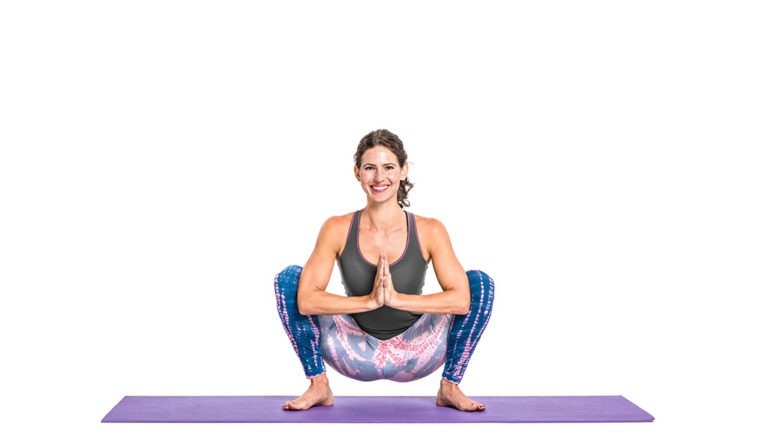
ADJUSTMENTS | BENEFITS | CONTRAINDICATIONS | MANTRA | MUDRA | PREP POSES | SANSKRIT | STEPS | TIPS
A great stretch for ankles and the lower back, Malasana (mahl-AH-sana), which is also referred to as Squat or Garland pose, opens the groin and tones the belly. While comfortable for some, Malasana can be difficult for others. Appropriate adjustments and modifications can help students enjoy the benefits of this posture while strengthening and opening the muscles needed to practice Malasana and other postures.
Philosophy + Origin
There are many beautiful attempts to defend the translation of Malasana as “Garland Pose.” While mala most commonly refers to a garland or rosary, many students have a difficult time understanding how this imagery applies to the pose. Some teachers argue that the shape of the body depicts the bead on a mala, or perhaps the arms look like a mala or garland hanging from the neck. Other teachers will use the story of how this posture is traditionally taken when receiving the gift of a garland from a spiritual teacher. While all very poetic, there’s another lesser-known understanding of Malasana that makes more sense. The word mala can also be translated as excrement. Considering the digestive benefits of this posture, it makes a lot more sense.

